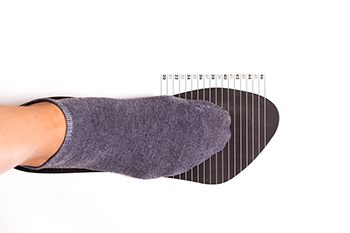
The feet need to be pampered, and regularly pampering the feet can be fun. Making your foot care routine a ritual of self-care and luxury can make you feel good while you take care of your feet. One step that you might consider incorporating into your everyday foot care is treating calluses. Calluses on the feet can be removed in several different ways. For example, foot creams, gels, and pumice stones can all be used to address the calluses on the feet. Other devices can be used to this end. Namely, patches, peels, and soaks can all be used to get rid of calluses on the feet. If you are someone that enjoys pampering their feet and also has a lot of calluses, please contact your podiatrist today. This foot specialist will be able to help you incorporate callus care into your daily foot care routine.
Everyday foot care is very important to prevent infection and other foot ailments. If you need your feet checked, contact one of our podiatrists from Carolina Foot & Ankle Specialists. Our doctors can provide the care you need to keep you pain-free and on your feet.
Everyday Foot Care
Often, people take care of their bodies, face and hair more so than they do for their feet. But the feet are a very important aspect of our bodies, and one that we should pay more attention to. Without our feet, we would not be able to perform most daily tasks.
It is best to check your feet regularly to make sure there are no new bruises or cuts that you may not have noticed before. For dry feet, moisturizer can easily be a remedy and can be applied as often as necessary to the affected areas. Wearing shoes that fit well can also help you maintain good foot health, as well as making it easier to walk and do daily activities without the stress or pain of ill-fitting shoes, high heels, or even flip flops. Wearing clean socks with closed shoes is important to ensure that sweat and bacteria do not accumulate within the shoe. Clean socks help to prevent Athlete’s foot, fungi problems, bad odors, and can absorb sweat.
If you have any questions please feel free to contact our offices located in Mount Pleasant and Charleston, SC . We offer the newest diagnostic and treatment technologies for all your foot and ankle needs.











